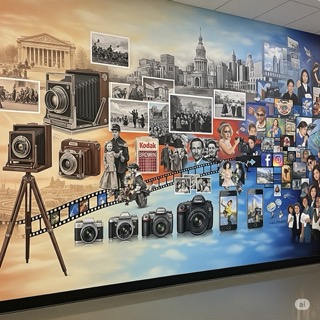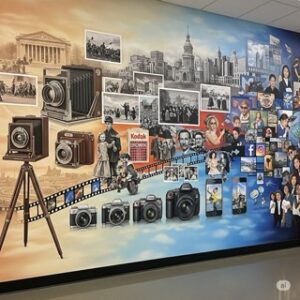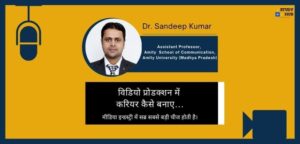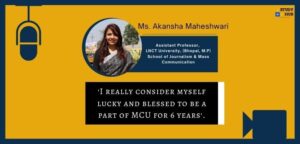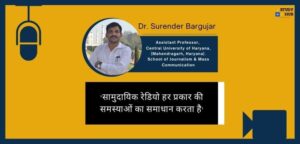According to semiologists, myths, artworks and subcultures are considered as________.
(A) co-alitions
(B) non-variables
(C) languages
(D) non-cultural forms
Correct Ans: (C)
Explanation:
Semiologists—experts who study signs and symbols—view myths, artworks, and subcultures as languages because all of them communicate meaning beyond words. They treat these cultural elements as systems filled with signs, codes, and shared symbols. These systems help shape how people interpret reality.
For example, in semiotics, a myth isn’t just a story. Instead, it’s a way of thinking that shapes values and beliefs. Roland Barthes, a key figure in semiotics, argued that myths carry hidden meanings that reflect power, ideology, or societal norms. So, people read myths like they read sentences—decoding layers of cultural meaning.
Likewise, artworks function like language. A painting or film doesn’t need spoken words to express emotion, identity, or political views. Every color, shape, or camera angle acts like a “sign” in the semiotic system. That’s why viewers can “read” art and uncover its deeper messages.
Similarly, subcultures—like punk or goth—use clothing, music, slang, and behavior to send messages. These choices speak to identity, resistance, or community. For semiologists, this makes subcultures rich languages made of signs that challenge mainstream values. Each style or symbol communicates specific meaning within a cultural context.
Now, let’s break down the other options. “Co-alitions” refers to group alliances, which doesn’t apply here. “Non-variables” means fixed elements, but myths and subcultures are fluid and ever-changing. “Non-cultural forms” wrongly suggests these elements lack cultural meaning—when in fact, they’re deeply tied to culture.
Therefore, only languages fully capture how semiologists interpret these forms. They analyze the structure, signs, and codes within them, just as linguists would study grammar. This approach helps uncover the hidden forces behind media and culture.
In conclusion, semiologists consider myths, artworks, and subcultures as languages because each one carries meaning through signs, symbols, and codes that shape how we view the world.



